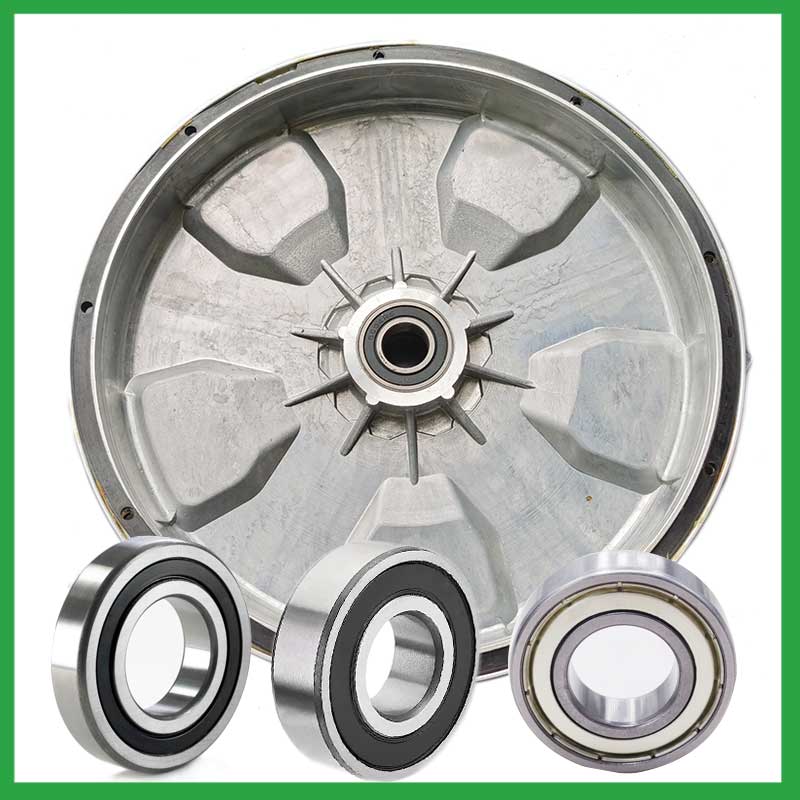PRODUCTS
CONTACT US
Ningbo Nide International Co., Ltd.
一一
· Contact person:Jack Zeng
· Mob/Whatspp/WeChat:0086-13738869026
· Email:emarketing@nide-group.com;marketing4@nide-group.com
· Add:No. 169, Wohushan Road, Daqi Subdistrict, Beilun District, Ningbo, China

Nide team could manufacture ball bearing as per customer’s drawing and samples.
If customer only has samples, we could also design drawing fo r our customer.
We also provide customized service.
Our ball bearing is widely applied the different industrials.
Haishu Nide International Co., Ltd is one of the leading bearing manufacturers in China. We are a well-known supplier of high-quality motor cover and lamination,shaft,magnet,commutator,carbon brush,ball bearing,insulation paper. Our products are widely used in fields such as single and three phase induction motor,air condition motor,servo motor,water pump motor,fan motor,compress motor,washing machine motor,electric bicycle motor. We are proud to provide customers with the expected product knowledge, applied professional knowledge, quality control, and consistent reliable service.
We have modern computerized machinery and equipment to produce high-precision bearings. Our company is also equipped with complete chemical and metallurgical laboratories as well as standard room facilities.Nide has offices in India, Brazil, Korea, Turkey, and Argentina, good sales and service net work allow us to access and offer service to customers over the world easily and promptly.
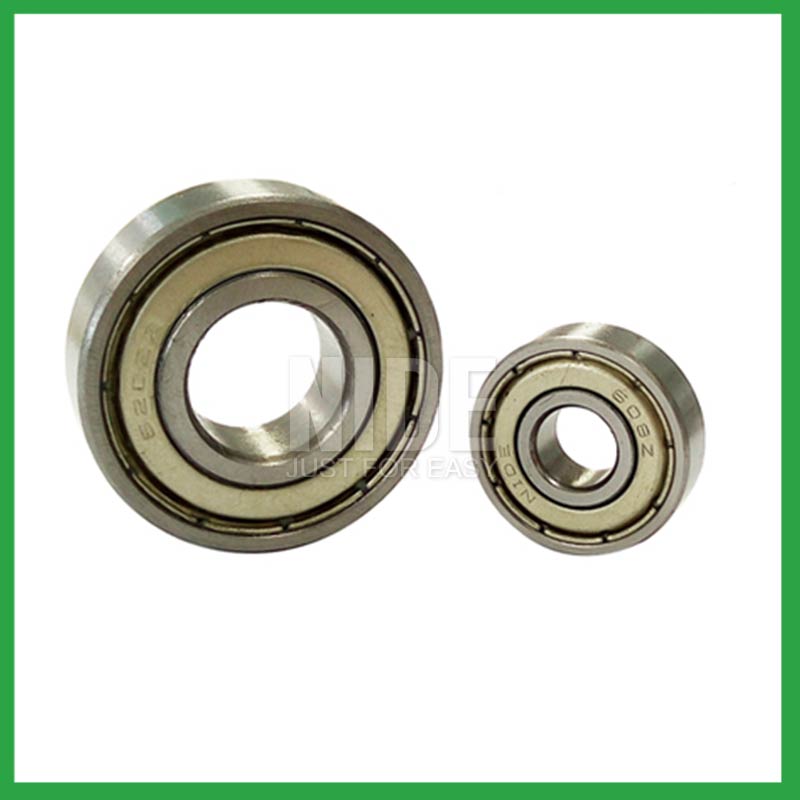
| Parameter | Information |
| Product Name | ball bearing press |
| Place of Origin | Ningbo,China |
| Brand Name | Nide |
| Material | stainless steel, etc. |
| Type | Ball |
| Warranty | 3months-1year |
| Port | Ningbo/Shanghai |
| Application | various industrial equipment, etc. |
| Size(mm) | customize |
| Color | gray+customized |
| Precision Rating | as per customer's requirement |
| Certification | ISO 9001 Certification,CE-stator coil forming machine,ISO9001:2015 certificate,etc |
| Feature | High precision,Strong carrying capacity...etc |
| Packaging Details | Suitable for sea transportation |
| Service | one-stop service |
| Model Number | ball bearing |
| Supply Ability | 100000-500000 Piece/Pieces per Month |
| Lead time (days) | 15-20 (To be negotiated) |
Please note: The above table data is for reference only. For specific information, please contact us.
ball bearing press require thrust for installation, which can be achieved by using a combination ring made of steel sleeve and transmission rubber, or by using an adjustment plate to tighten the bolt to form a combination ring installation structure.
During the disassembly process, the outer shell should be kept intact to avoid unnecessary damage;
When replacing installation components, attention should be paid to the accuracy of the support components to prevent deformation;
During the disassembly process, attention should be paid to protecting the surface quality of the ball bearing to ensure its performance;
During the operation, attention should be paid to removing surface dust to ensure the quality of the ball bearing.
Ball bearings have many advantages, making them highly competitive in the market.
Firstly, they are very durable and have good wear performance, making their service life longer than many other types of bearings.
Secondly, they are easy to install and can provide low friction performance in various applications.
Thirdly, they require a relatively low level of maintenance, making them cost-effective.
In addition, compared to many other types of bearings, their purchase cost is relatively low, making them an economical choice.




ball bearing press---FAQs Guide
2.How do manufacturers address concerns related to bearing noise and vibration in sensitive equipment?
3.What is the significance of ball bearing press lubrication, and how does it affect bearing lifespan and performance?
4.About ball bearing press,Will you check the products before shipment?
5.Are there ceramic ball bearing press designed for specific applications requiring high-temperature or corrosion resistance?
6.What is the typical noise level associated with ball bearing press, and how are noise-reduction techniques applied?
7.What maintenance practices are recommended to extend the lifespan of ball bearing press and prevent premature failure?
8.As a ball bearing press manufacturer,can you supply samples?
9.Are there ball bearing press designed for use in critical medical equipment?
10.Can ball bearing press be used in vacuum or cleanroom environments, and what measures are taken to prevent outgassing or contamination?
11.What are the ball bearing press product skill training options?
12.Do ball bearing press come in various tolerance classes?
13.Are there specific ball bearing press designed for applications in the aerospace and aviation industries, and what standards do they adhere to?
14.About ball bearing press,Can I add my own logo?
15.What are the advancements and innovations in ball bearing press technology that have emerged in recent years?
16.How do different ball bearing press designs, such as deep groove, angular contact, or thrust bearings, cater to specific applications?
1.Can ball bearing press handle shock loads and high-impact conditions in heavy machinery?
As a general rule, ball bearing press are used at higher speeds and lighter loads than are roller bearings. Roller bearings perform better under shock and impact loading. Ball bearings tolerate misalignment better than roller bearings do. Roller bearings can handle heavy combined radial and thrust loads.
2.How do manufacturers address concerns related to bearing noise and vibration in sensitive equipment?
From a ball bearing press manufacturing perspective, a low noise or vibration rating is achieved by paying attention to the surface finish of the raceways and balls, their roundness, and selecting the correct cage design. Finely filtered low noise greases can also be used to reduce vibrations.
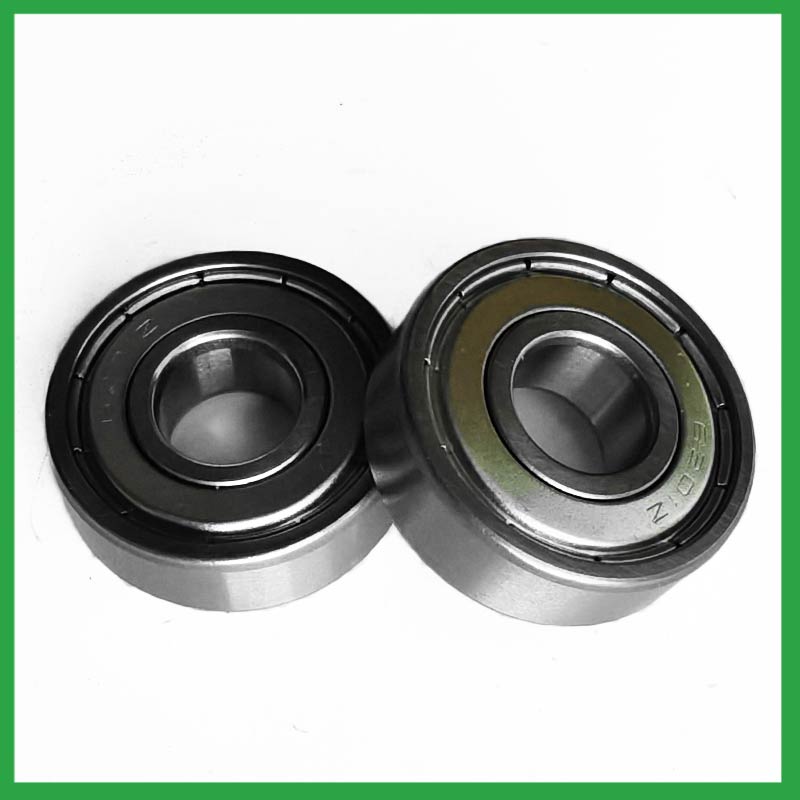
3.What is the significance of ball bearing press lubrication, and how does it affect bearing lifespan and performance?
Bearing lubrication is vital for preserving the performance and lifespan of rolling element bearings. Lubrication helps separate moving parts relative to one another, such as rollers and raceways or balls, to prevent wear and tear and friction.
4.About ball bearing press,Will you check the products before shipment?
Yes, We have a professional QC team. Products will be strictly inspection before shipment.
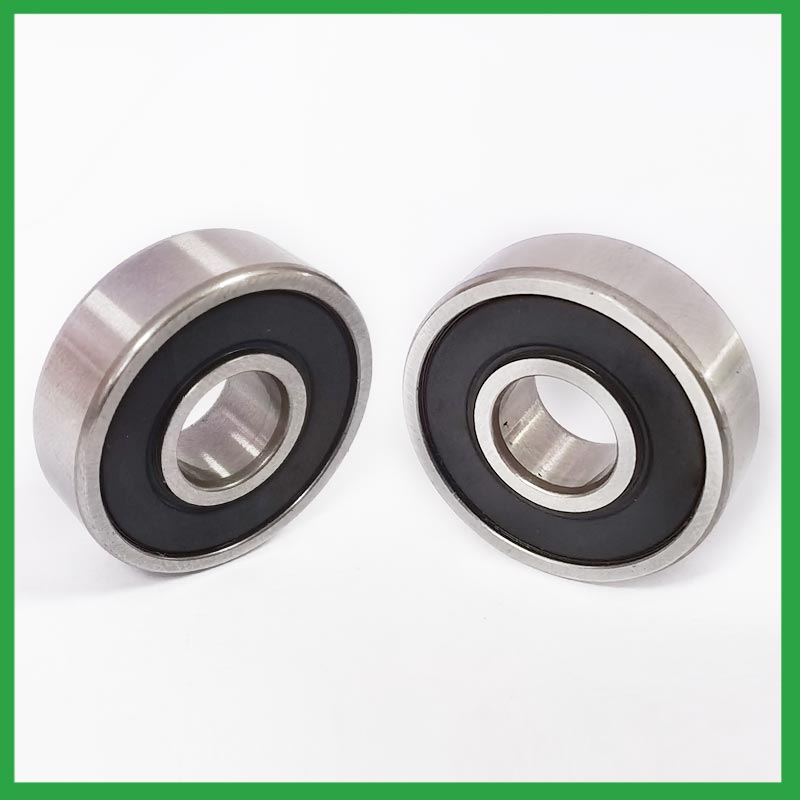
5.Are there ceramic ball bearing press designed for specific applications requiring high-temperature or corrosion resistance?
Ceramic ball bearing press are a special type of bearing made of ceramic materials, offering superior wear resistance, corrosion resistance, and high-temperature performance. They provide excellent performance in applications requiring high speeds, high temperatures, and resistance to corrosion.
6.What is the typical noise level associated with ball bearing press, and how are noise-reduction techniques applied?
To measure in accurate way the ball bearing press noise under rotation during their manufacturing process is a key activity particularly in the production of medium, small and ultra-small deep groove ball bearings. This capability in bearings noise analysis has become the real distinguishing element between a standard bearings noise equipment and a superior class one.
The various types of vibration and sound in rolling bearings can be grouped in four main categories: structural, manufacturing, handling and other. The structural vibration consists mostly of race, click, squeal and cage noise: it can be continuous or intermittent depending on specific cases. The manufacturing vibration is instead related to the waviness noise generated by the geometrical imperfections of inner and outer ring and of rolling elements, being always continuous in nature. The so-called handling vibration is normally associated with flaw and contamination and is generating – in most of the cases – irregular noise. Then there are other types of vibrabition that include noise generated by sealing and lubricant (irregular) or by runout (continuous).
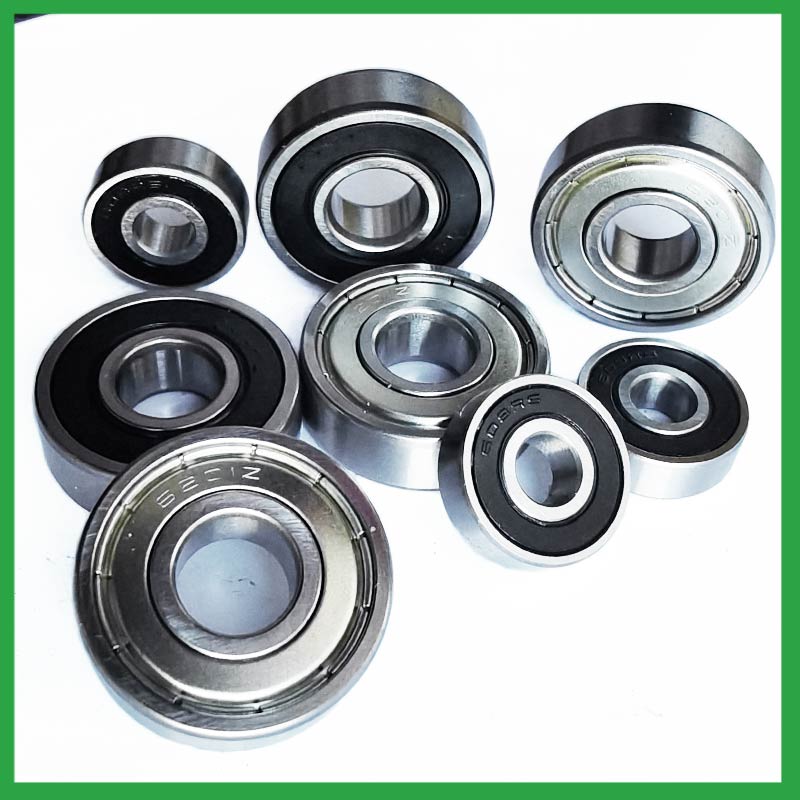
7.What maintenance practices are recommended to extend the lifespan of ball bearing press and prevent premature failure?
Proper handling and installation of ball bearing press is essential to preventing premature failure. Ensure that bearings are stored and transported in a clean, dry, and vibration-free environment. During installation, ensure that bearings are properly aligned, and torque is applied correctly.
8.As a ball bearing press manufacturer,can you supply samples?
Sure, samples can be provided free of charge, and the buyer pay the postage of the sample.
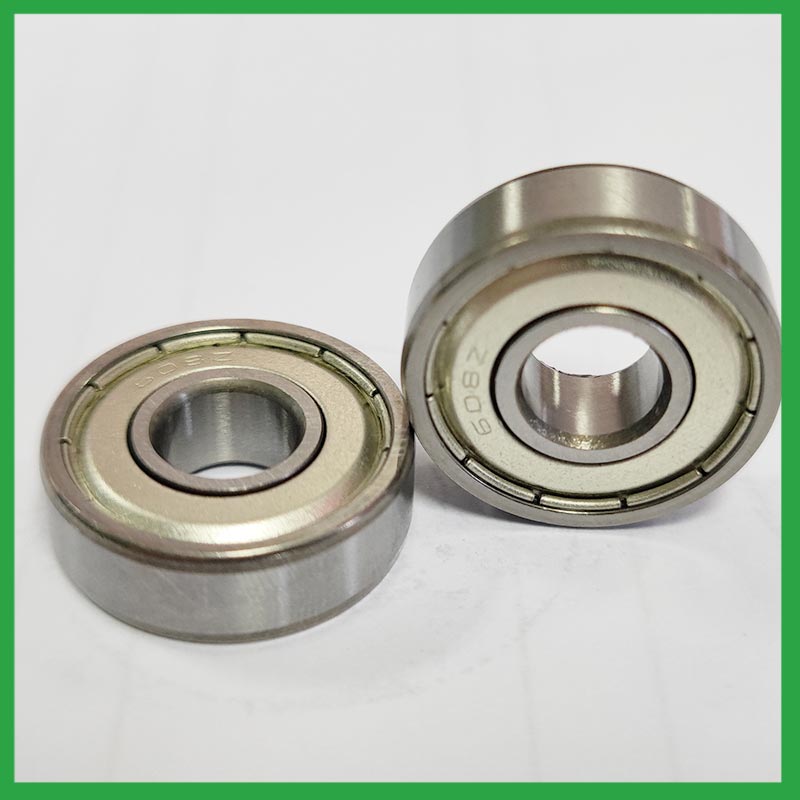
9.Are there ball bearing press designed for use in critical medical equipment?
Precision ball bearing press are among critical components in medical devices that are vital to ensuring patient safety. Correct choice of suitable ball and ring materials and the right product design can ensure high-precision bearings — and medical devices — have a long service life.
Precision bearings are used in a wide variety of medical devices including surgical power tools, ventilators and heart pumps — and patient safety depends on them all. Whatever the device, there is an onus on medical device original equipment manufacturers (OEMs) to ensure that the right type of bearings are chosen, and fit precisely into the application.
10.Can ball bearing press be used in vacuum or cleanroom environments, and what measures are taken to prevent outgassing or contamination?
Bearings specify stainless steel for vacuum or cleanroom applications as stainless steels used for the rings, balls and retainer exhibit low outgassing. They usually supply open or shielded stainless steel bearings as vacuum bearings as these will outgas less than a nitrile rubber sealed bearing.
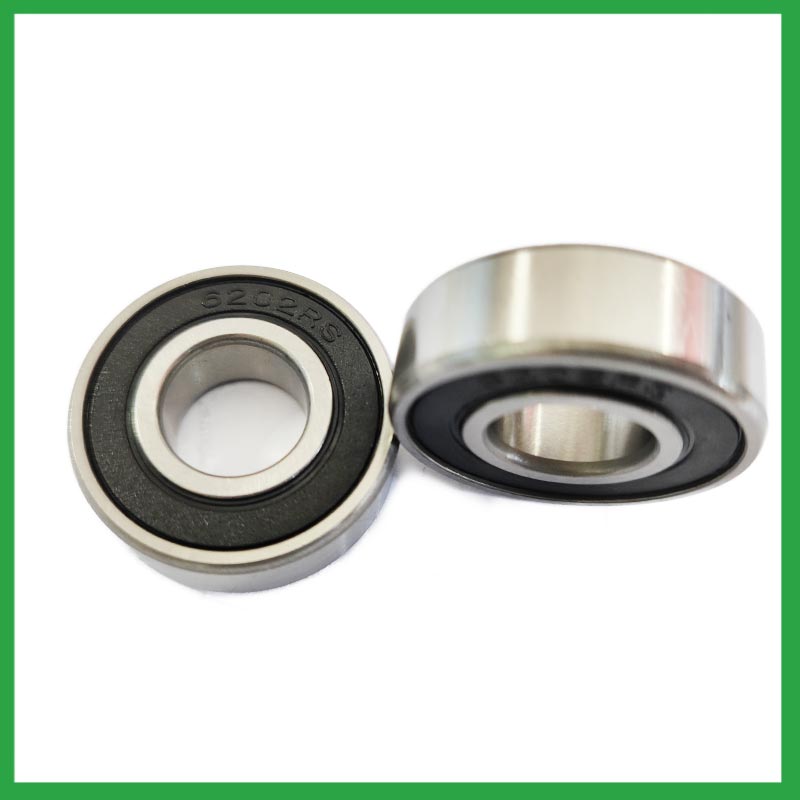
11.What are the ball bearing press product skill training options?
Quality comes from being controlled rather than be done. On the basis of the escalating production equipment and optimized process, Nide spare no efforts and keeps improving for quality control. Quality assurance covered with system, technology and human resources are in full swing.
12.Do ball bearing press come in various tolerance classes?
Bearing tolerances are standardized by classifying bearings into the following six classes (accuracy in tolerances becomes higher in the order described): 0, 6X, 6, 5, 4 and 2.
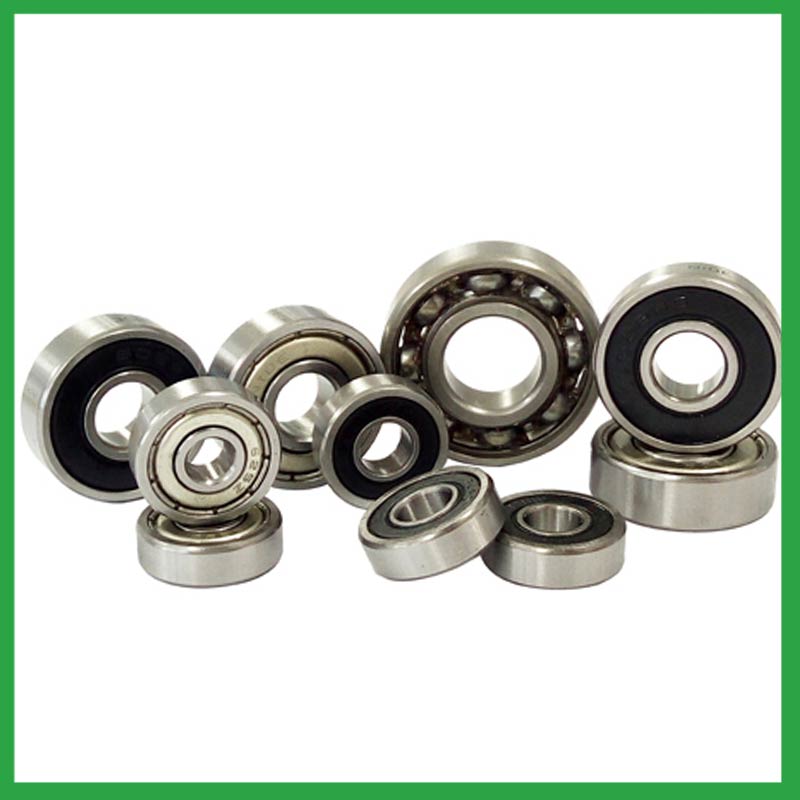
13.Are there specific ball bearing press designed for applications in the aerospace and aviation industries, and what standards do they adhere to?
Airframe control ball bearing press are specialized bearings tailored for aircraft structures, particularly control systems and surfaces. Designed for low-speed oscillatory applications, they offer precision and support, effectively managing misalignments and flight-induced stresses.
Airframe Control bearings are lightweight, corrosion-resistant, grease-lubricated, and are sealed on most occasions. They come in precision grades for running accuracy.
14.About ball bearing press,Can I add my own logo?
Yes, you can add your logo on bearings and packing box. We supply OEM SERVICE including bearing's size, logo, packing, etc.
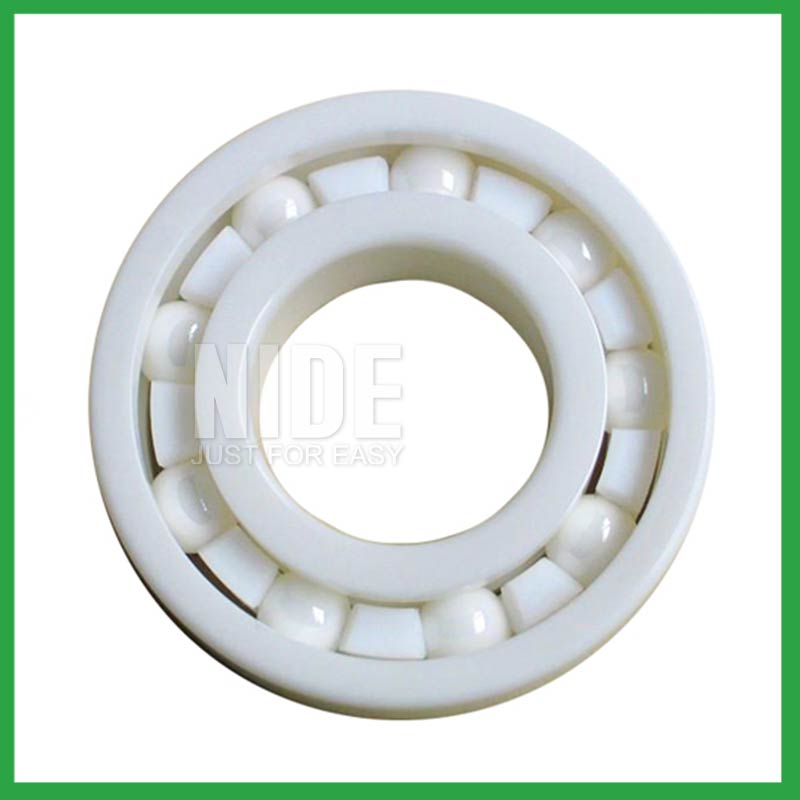
15.What are the advancements and innovations in ball bearing press technology that have emerged in recent years?
Significant advancements have been made in ball bearing press steels over the years. Modern, ultra-clean bearing steels contain fewer and smaller non-metallic particles, giving ball bearings greater resistance to contact fatigue.
16.How do different ball bearing press designs, such as deep groove, angular contact, or thrust bearings, cater to specific applications?
Deep groove ball bearing press: Deep groove ball bearings are the most common type. They can handle both radial and axial loads. Angular contact ball bearings: Angular contact ball bearings have higher than average internal axial clearance. They can handle axial loads in one direction and moderate radial loads.
